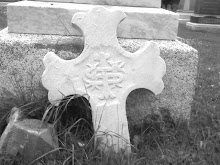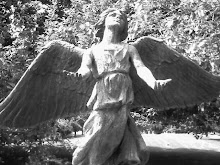Information taken from Wikipedia on the EVP phenomenon.
Electronic voice phenomena (EVP) are electronically generated noises that resemble speech, but are not the result of intentional voice recordings or renderings. Common sources of EVP include static, stray radio transmissions, and background noise. Some have claimed these sounds are of paranormal origin, while there are natural explanations such as apophenia (finding significance in insignificant phenomena), auditory pareidolia (interpreting random sounds as voices in their own language), equipment artifacts, or simple hoaxes. Recordings of EVP are often created from background sound by increasing the gain (i.e. sensitivity) of the recording equipment.
History
As the Spiritualism religious movement became prominent in the 1840s–1920s with a distinguishing belief that the spirits of the dead can be contacted by mediums, new technologies of the era including photography were employed by spiritualists in an effort to demonstrate contact with a spirit world. So popular were such ideas that Thomas Edison was asked in an interview with Scientific American to comment on the possibility of using his inventions to communicate with spirits. He replied that if the spirits were only capable of subtle influences, a sensitive recording device would provide a better chance of spirit communication than the table tipping and ouija boards mediums employed at the time. However, there is no indication that
Raudive voices
Konstantin Raudive, a Latvian psychologist who had taught at the University of Uppsala, Sweden and who had worked in conjunction with Jürgenson, made over 100,000 recordings which he described as being communications with discarnate people. Some of these recordings were conducted in an RF-screened laboratory and contained words Raudive said were identifiable. In an attempt to confirm the content of his collection of recordings, Raudive invited listeners to hear and interpret them. He believed that the clarity of the voices heard in his recordings implied that they could not be readily explained by normal means. Raudive published his first book, Breakthrough: An Amazing Experiment in Electronic Communication with the Dead in 1968 and it was translated into English in 1971.












.jpg)







No comments:
Post a Comment